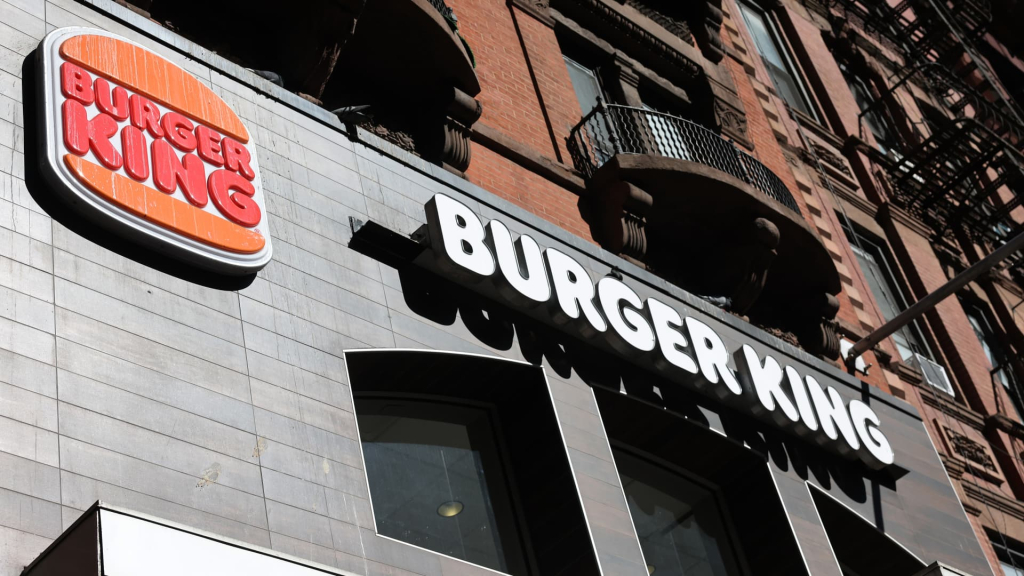Restaurant Brands International disclosed its first-quarter earnings and revenue on Thursday, revealing performance that lagged behind analysts’ expectations due to a downturn in same-store sales across its key brands, including Popeyes, Burger King, and Tim Hortons.
Despite the current challenges, the company is optimistic about an early recovery in sales.
CEO Josh Kobza shared with Finance Newso, “As we come into [the second quarter], that momentum has improved meaningfully, so we’re seeing some better absolute results as we get into the second quarter that give us confidence in how we’re going to navigate the rest of the year.”
In premarket trading, the company’s stock remained relatively stable.
Comparing its reported figures to Wall Street predictions from analysts surveyed by LSEG, Restaurant Brands noted the following metrics:
- Earnings per share: 75 cents adjusted compared to an expectation of 78 cents
- Revenue: $2.11 billion versus an expected $2.13 billion
The restaurant conglomerate revealed a net income of $159 million, or 49 cents per share, down from $230 million, or 72 cents per share, seen in the same quarter last year.
After accounting for acquisition-related transaction costs and other factors, the adjusted earnings per share came in at 75 cents.
Net sales increased by 21% to $2.11 billion, driven largely by upticks in revenue from Popeyes and Firehouse Subs.
Restaurant Brands also reported a slight overall growth in same-store sales of 0.1%. Adjusted for Leap Day from the previous year, this figure would have shown an increase of approximately 1%, according to Kobza.
However, the three largest brands witnessed a decline in same-store sales during the quarter, falling short of Wall Street predictions. Other competitors in the fast-food sector have also reported a shaky start to the year, impacted by adverse weather conditions and cautious consumer spending habits.
Tim Hortons, contributing over 40% to the company’s quarterly revenue, experienced a decline of 0.1% in same-store sales, below StreetAccount’s forecast of 1.4% growth. This is notable compared to a 6.9% increase reported during the same time last year.
Kobza remarked that Tim Hortons has “picked up a lot of speed” in the second quarter, highlighting the recent launch of a new breakfast offering in collaboration with Canadian actor Ryan Reynolds.
Burger King’s same-store sales decreased by 1.3%, greater than the anticipated decline of 0.9%. The U.S. market for the chain, which has been in a turnaround phase for over two years, saw a sales drop of 1.1%.
Popeyes reported the steepest same-store sales decline of the quarter at 4%, much worse than the projected 1.8% drop for the fried chicken brand. This follows the previous year’s positive impact from its first Super Bowl advertisement, which contributed to a 5.7% increase in quarterly same-store sales—a strategy not replicated this year.
On a brighter note, demand remained robust outside the U.S. and Canada, with Restaurant Brands’ international segment achieving a same-store sales growth of 2.6%.
The company reaffirmed its financial outlook for 2025, projecting expenditures between $400 million and $450 million for consolidated capital projects, tenant incentives, and other inducements. It also expressed confidence in achieving its long-term targets, which aim for 3% same-store sales growth and an 8% increase in organic adjusted operating income on average from 2024 to 2028.


























